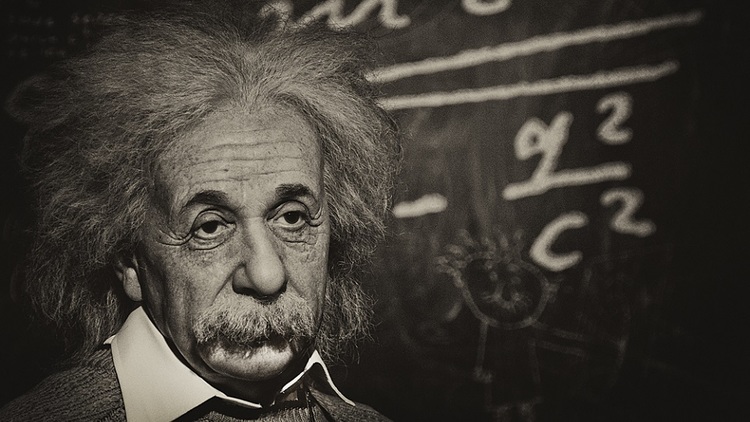
Newton put forth the theory of relativity, and it was accepted without much rancor. It remained unquestioned till the beginning of this century. It is exactly 100 years ago when Albert Einstein shook the very foundation of physics with his General Theory of Relativity. Einstein’s theory proved that Newton’s Three Laws of motion were only partially correct. It became erroneous as speeds reached the velocity of light. Newton’s Law of Gravitation also was approximately correct and broke down in the presence of strong gravitational force.
Einstein already had carved a niche for himself with a string of accomplishments to his credit. He had proposed the corpuscular theory of light and said that light did not travel in waves but is composed of individual bundles of energy called photons. This explained the phenomenon of Photoelectricity that until now was unexplainable.
Einstein’s groundbreaking theory was soon verified, and this got him the Nobel Prize in Physics in 1921. Having explained the phenomenon of photo electricity with his theory Einstein then published what is now known as the Special Theory Of Relativity. The theory explained many previously unexplained phenomenon such as time dilation, i.e., the slowing down of time as one approaches the speed of light, and the equality of mass and energy, represented by the now-famous equation E = mc2. All his theories were experimentally verified in the coming decades.
The General Relativity theory successfully explained the slight drift in the orbit of Mercury. The prediction that light will seem to bend when passing through the gravitational field of a massive object was experimentally proved during the total solar eclipse on May 29, 1919. Pictures taken during the period of totality when Earth’s shadow completely covered the sun showed that the apparent locations of the background stars beyond the sun had shifted in the same way as had been predicted by General Relativity. This property of light is used to the phenomenon of gravitational lenses where close by massive objects will bend the light and make them more visible.
What Albert Einstein had discovered was much beyond his time. When he proposed his groundbreaking theory, he was just 26 and had never been to any university. The theory is amazing and the conditions of the times when it was proposed make it even more amazing.